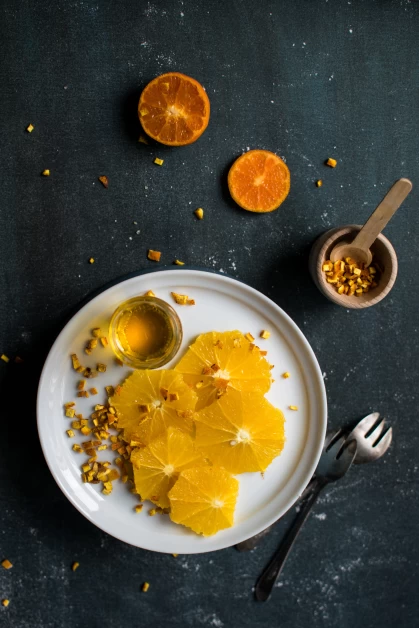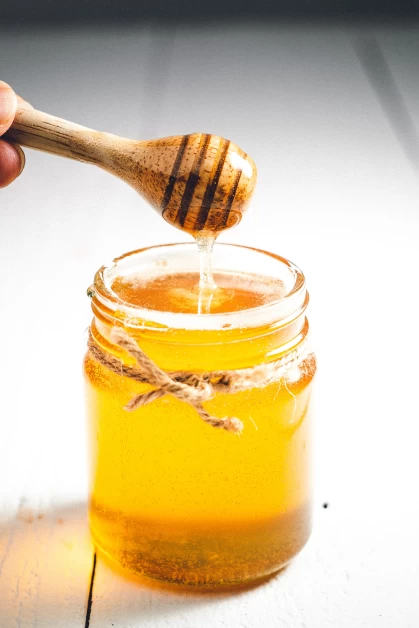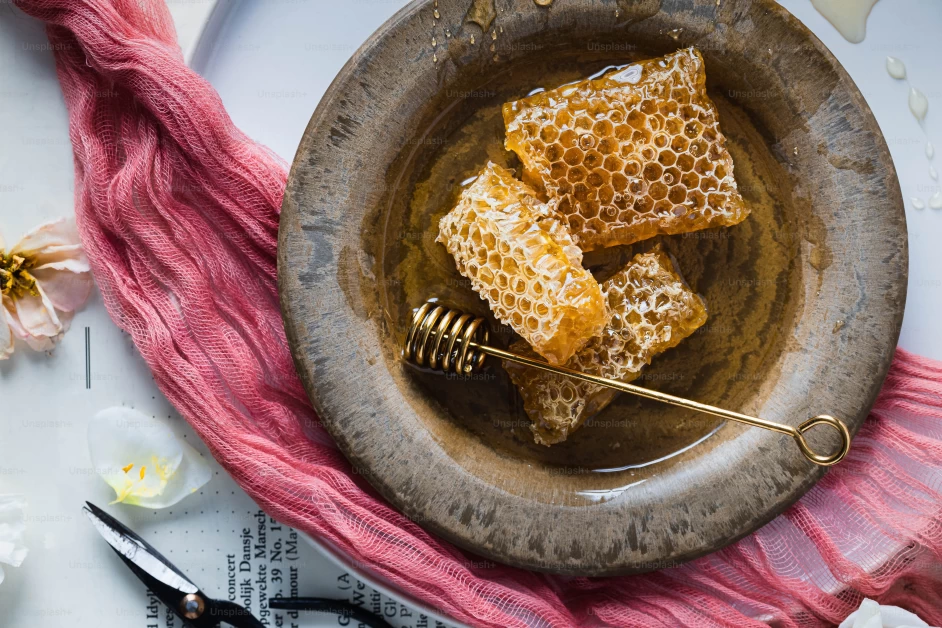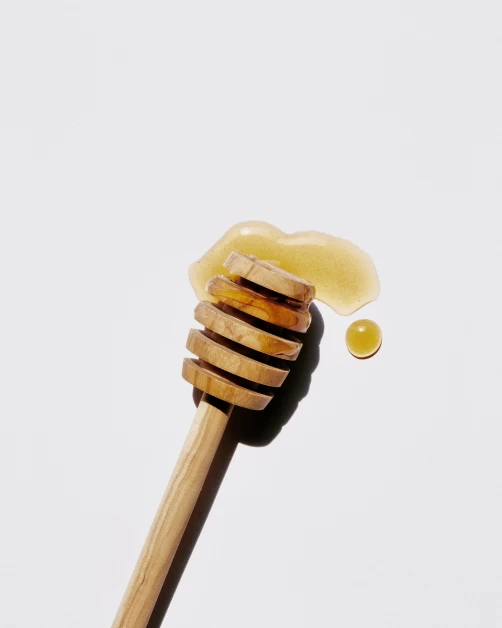Table of Contents
Introduction
Amidst the worldwide crisis and the spread of COVID-19 (which is a form of coronavirus), we would like to shed some light on how to potentially stop from getting a virus and take care of yourself during this troubling time. In this article, we will explore the question of whether Manuka honey can stop a virus and discuss its antiviral properties.
What Is a Virus?
A virus is a tiny organism that can infect humans, animals, and plants. Viruses are everywhere, and some of them can cause diseases in different species. Viruses can replicate once they enter a host cell and use its genetic material to spread. Some well-known viruses include the common cold, flu, measles, chickenpox, and the COVID-19 coronavirus.
Manuka Honey Research
Honey has been used for centuries as a form of medicine, particularly as a dressing for wounds due to its antimicrobial properties. Although honey lost its popularity with the advent of antibiotics, people are now turning to alternatives as antibiotic resistance becomes more common. Manuka honey, especially the one from New Zealand, is known for its high antibacterial and antiviral properties. It contains Methylglyoxal (MGO), which inhibits bacterial growth and reduces inflammation. Additionally, Manuka honey contains other compounds and enzymes that can protect against viruses and boost the immune system.
Research studies have found that the MGO in Manuka honey is effective at inhibiting flu viruses, including the H1N1 swine flu. It has also been shown to disrupt a wide range of problematic pathogens, including Streptococcus and Staphylococcus species, Pseudomonas aeruginosa, Escherichia coli, and more.
Can Manuka Honey Stop Me From Getting a Virus?
There is a good chance that Manuka honey may help in preventing viruses. The non-bacterial pathogens in Manuka honey have been shown to treat the varicella-zoster virus and influenza. Studies have also shown that solutions with honey were effective against the rubella virus.
Irishwoman Survives Coronavirus with Manuka Honey
A real-life example of the potential benefits of Manuka honey is the case of Angela Flanagan. She got sick with COVID-19 and recovered after using Manuka honey as a supplement. Angela has been using Manuka honey for her asthma issues and believes it has helped her overall health. This example highlights the potential of Manuka honey in supporting the immune system.
How to Choose the Best Manuka Honey Product
When choosing Manuka honey to support your immune system, it is important to ensure that it is UMF/MGO certified, preferably with a rating of UMF 15+ or MGO 550 and higher. Additionally, make sure the honey is from New Zealand, as this is where the highest-quality Manuka honey is produced.
Other Ways to Protect Yourself
In addition to using Manuka honey, there are several simple things you can do to help reduce the risk of catching a virus and getting sick. These include regular exercise, limiting sugar intake, practicing good hand hygiene, wearing a face mask, cooking meals at home, getting enough sleep, and supplementing with zinc and vitamin D.
Conclusion
Manuka honey has been found to have powerful antibacterial and antiviral properties. While it may not be a guaranteed cure for viruses, it can potentially support the immune system and help prevent infections. When choosing Manuka honey, make sure it is certified and from New Zealand. Remember to practice good hygiene and adopt healthy habits to protect yourself from viruses. Stay healthy and stay safe!
Note: The rewritten article may be shorter than the original as it has been condensed to fit within the word limit.









